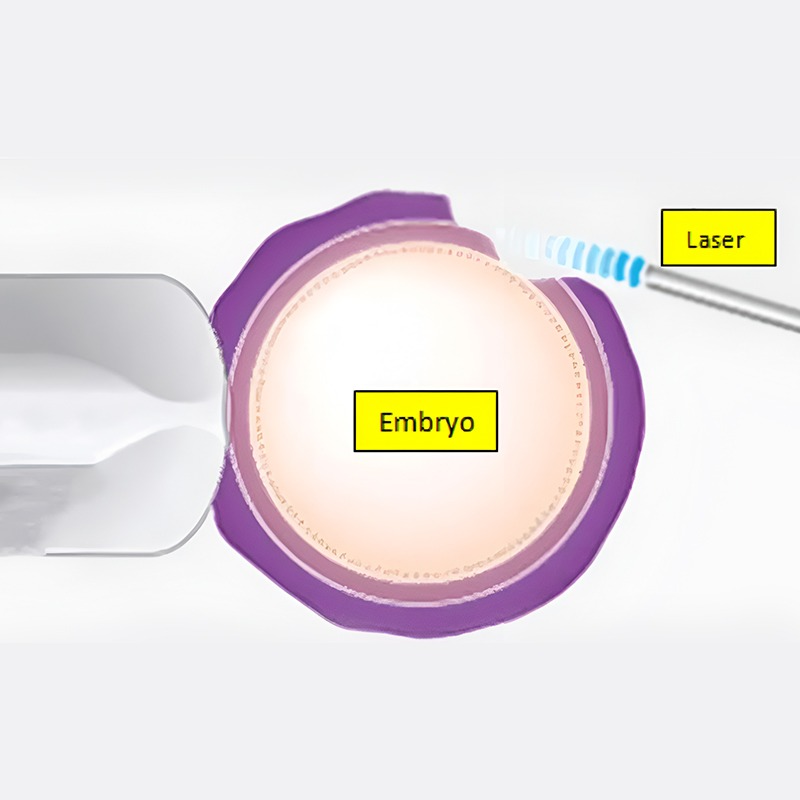Laparoscopy: A Minimally Invasive Approach to Fertility and Beyond
Laparoscopy, often referred to as “keyhole surgery,” has revolutionized modern medicine, particularly in the field of gynecology and fertility. As a minimally invasive procedure, it offers a host of benefits over traditional open surgery, making it a preferred choice for both diagnostic and operative purposes. This sophisticated technique utilizes a thin, lighted instrument called a laparoscope, inserted through small incisions, to visualize and work within the abdominal and pelvic cavities.
The laparoscopic procedure begins with the patient under general anesthesia. A small incision, typically less than an inch, is made near the belly button. Carbon dioxide gas is then gently introduced into the abdomen to inflate the area, creating space for the surgeon to clearly view the organs and work with surgical instruments. The laparoscope, equipped with a camera, transmits real-time images to a monitor, guiding the surgeon’s movements. Additional small incisions may be made in the lower abdomen to insert specialized surgical tools, allowing for precise manipulation, cutting, and suturing.
Why is Laparoscopy Done in Fertility?
Laparoscopy plays a crucial role in the diagnosis and treatment of various conditions that can impair fertility. Its ability to provide a direct and magnified view of the reproductive organs makes it invaluable for:
Types of Laparoscopic Procedures
The versatility of laparoscopy extends to various types of procedures, each tailored to specific diagnostic or therapeutic needs:
Benefits of Laparoscopic Surgery
The advantages of laparoscopic surgery over traditional open surgery are significant and widely recognized:
Laparoscopy in IVF and Fertility
Fertility laparoscopy plays a vital role in optimizing the chances of conception, even for those undergoing In Vitro Fertilization (IVF).
For fertility laparoscopy, choosing Yashoda IVF & Fertility ensures exceptional care. They offer state-of-the-art operation theaters and a team of experienced laparoscopic surgeons specializing in fertility. Their dedication to achieving successful outcomes is evident in their proven track record of fertility enhancement, making them a prime choice for this crucial, minimally invasive procedure.
Laparoscopy Questions
Is laparoscopy painful?
How long is the recovery after laparoscopy?
Will laparoscopy improve my chances of getting pregnant?

Understanding the Laparoscopic Procedure
Why Choose Us?




Contact us today!
Contact Us
Call Us 24/7: +1 800-123-1234
Working Time

































































